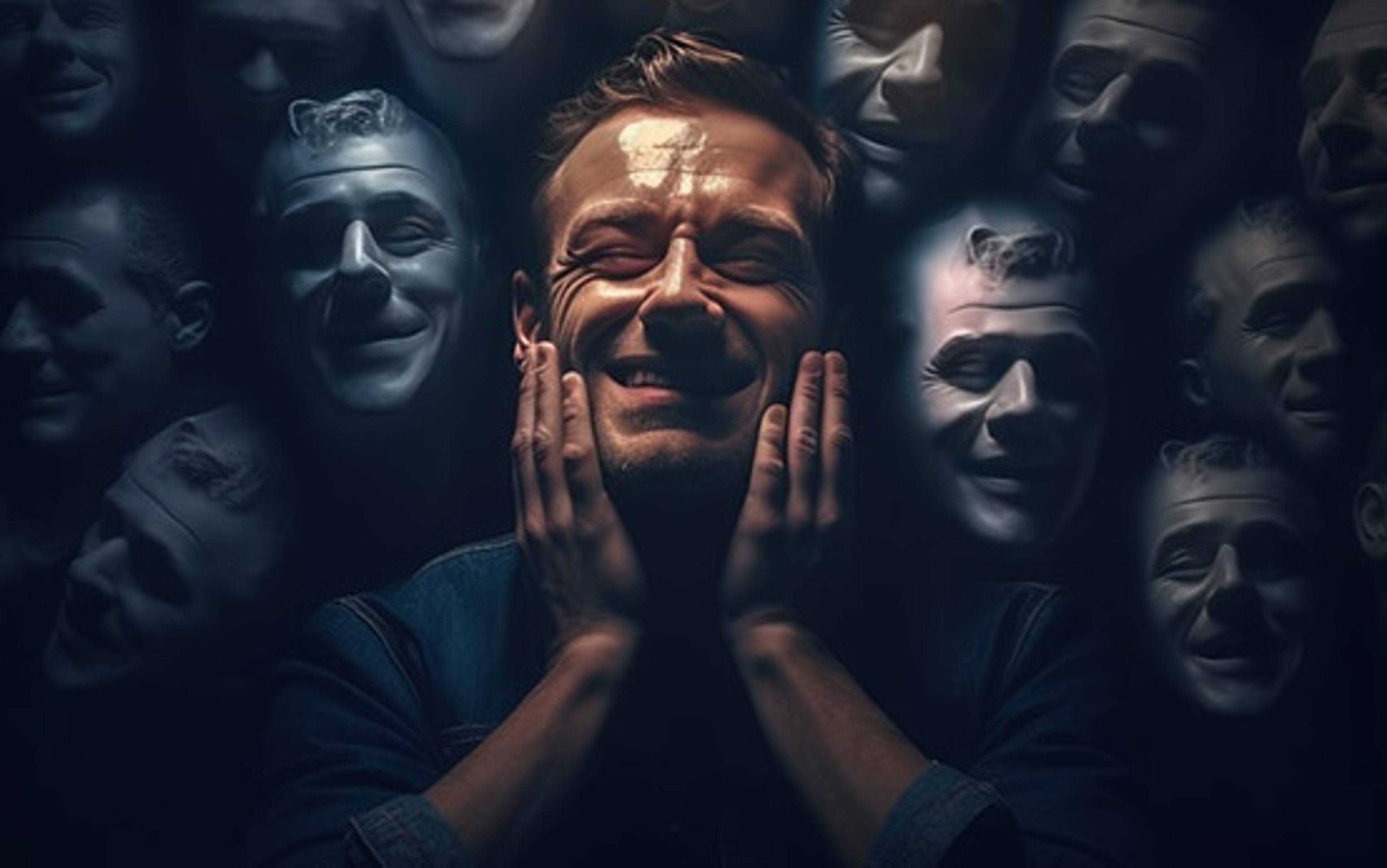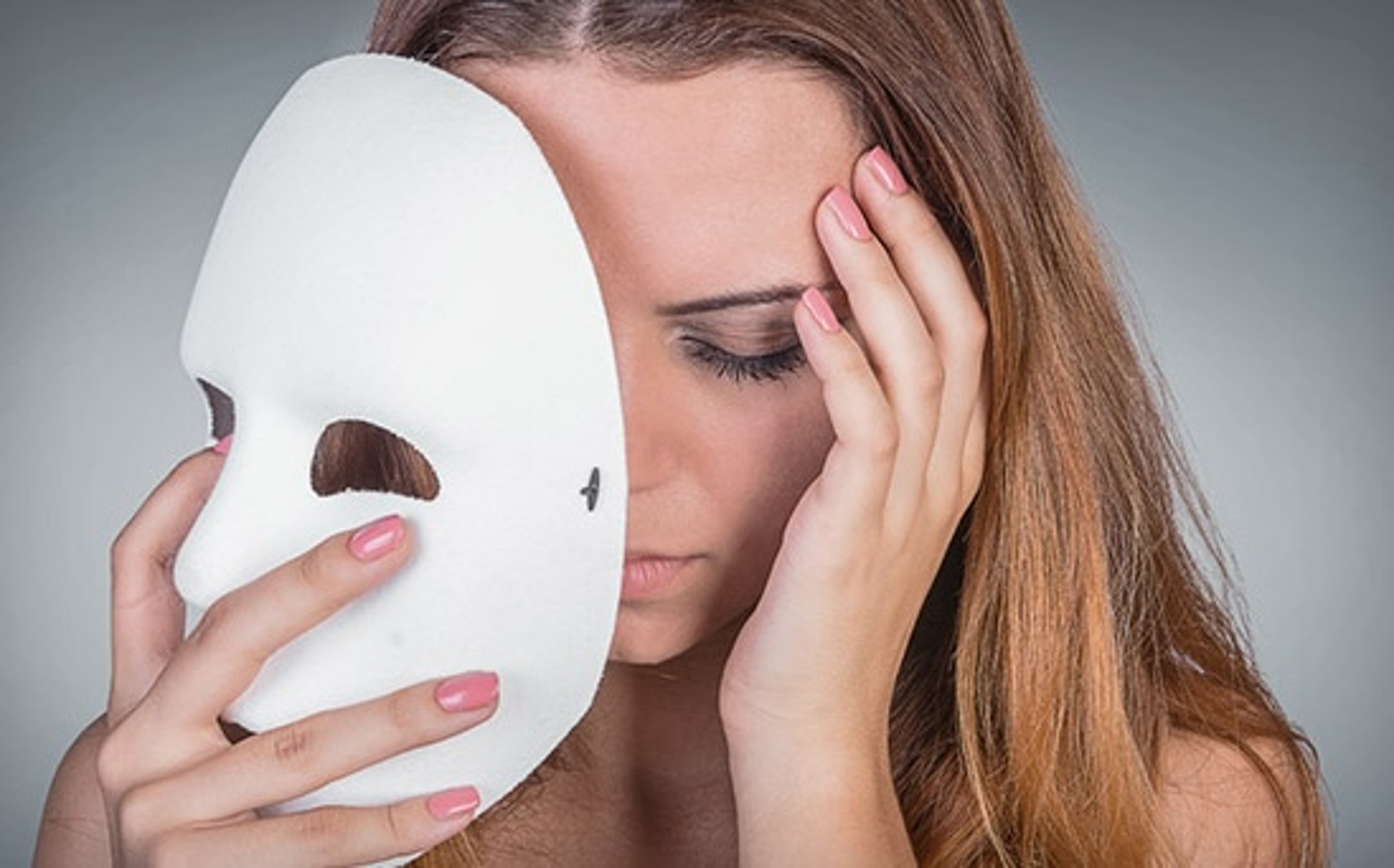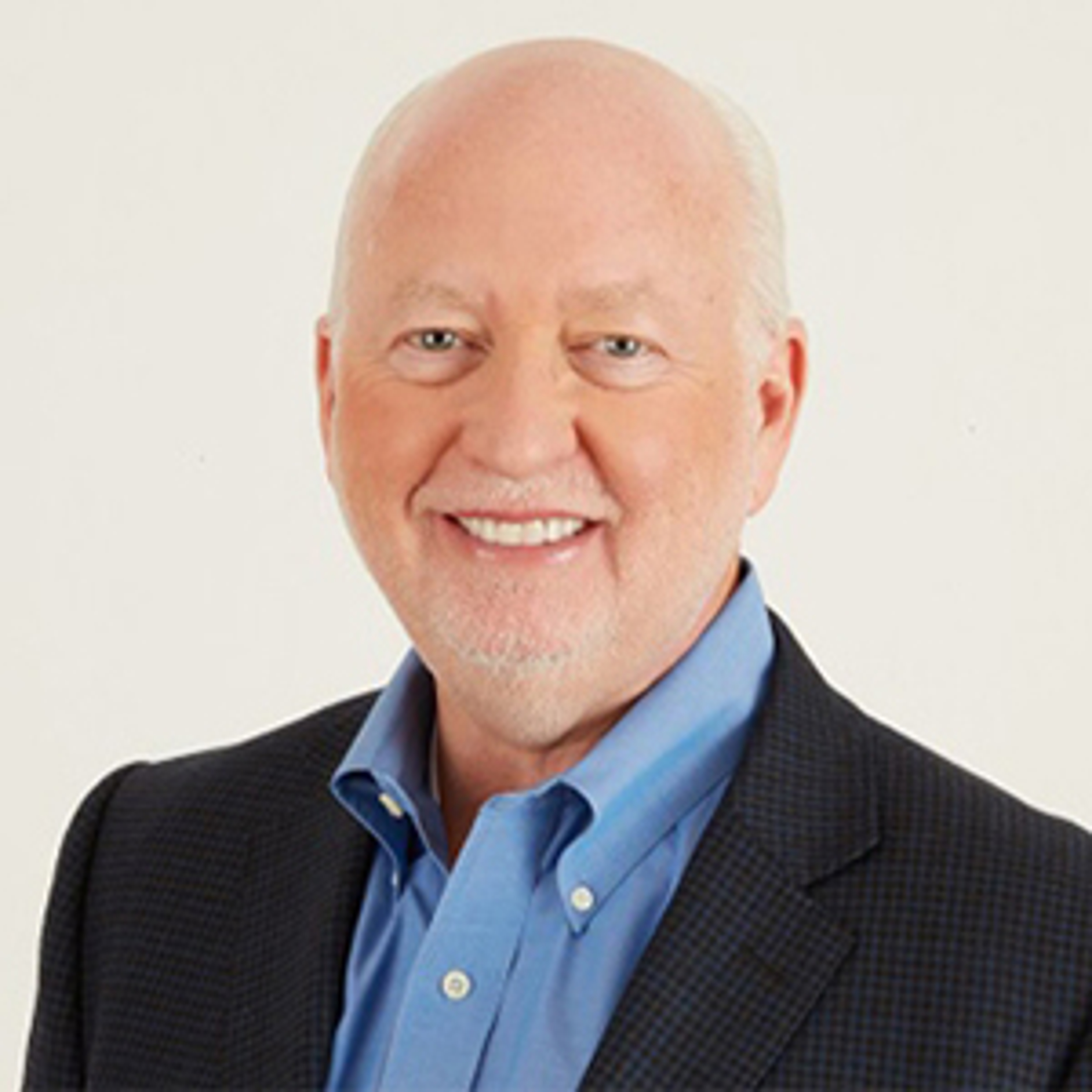Our Many Masks: What Halloween Teaches Us About Ourselves
Halloween’s playful disguises reveal something deeper about the masks we wear in everyday life.
Oct 19, 2025
Written by our Founder and Chairman, the Celebrations Pulse letters aim to engage with our community. By welcoming your ideas and sharing your stories, we want to help you strengthen your relationships with the most important people in your life.
: When I think about what Halloween was like for me as a kid, the first thing that comes to mind is the creativity and simplicity of it ... and the non-existent budget. We didn’t buy our costumes but made them at home, pulled together from whatever we had on hand.
I remember one of my friends transformed a cardboard box into a robot suit with lights (powered by a flashlight and a lot of tape). Another used face paint and a black towel to become a vampire. And there were always a few “ghosts” walking the block — simply white sheets with eyeholes.
What amazed me, even then, was how quickly those costumes changed the way we felt. That shy kid from school was suddenly as bold and booming as Frankenstein. The quiet neighbor transformed himself into a caped crusader leading the pack from house to house.
There’s something about Halloween that gives us all permission to step outside of ourselves for a night and imagine who we might want to be. Maybe that’s why the holiday brings such joy. It lets us play, pretend, and sometimes express what we normally keep hidden.

What do our masks really mean?
That got me thinking: Why do we love costumes so much? What is it about putting on a mask that feels so freeing?
It turns out this idea of “masking” isn’t limited to Halloween. Psychologists refer to social masking as the way we alter our true behavior to fit in, to please others, or to protect ourselves.
My friend Dr. George S. Everly, Jr., a renowned psychologist, author, and professor at the Johns Hopkins Bloomberg School of Public Health, says there are several reasons we do it: to conform, to project a certain image, to meet expectations, or to avoid rejection.
In Dr. Everly’s opinion, the quest for conformity and the desire to avoid rejection are the most common motivations. He adds they may sound similar, but they’re not. Conformity is about a desire to be part of something to earn approval. Avoiding rejection, by contrast, is about shielding ourselves from pain. And in today’s hyper-connected world, social media amplifies both.
When masks help us
In small doses, masking can help us get through the day. It can smooth over tension or help us adjust to different environments. That may be why Halloween feels so liberating. When we choose our masks, they can unlock joy, creativity, and even courage.
I remember a young girl in our neighborhood when my children were growing up. Normally quiet and reserved, she once dressed as Wonder Woman. That night, she trick-or-treated with pride and power. That shiny gold headband and plastic lasso of truth gave her something she hadn’t realized she already had inside: confidence.
We see this outside of Halloween, too. A firefighter’s helmet, a nurse’s scrubs, or a soldier’s fatigues are also masks. They help the wearers step fully into a role that serves others.
As Dr. Everly says, identity isn’t static. It adapts. And when our masks are worn with purpose, they can help us become the people we want to be. He adds:
“If masking helps you become a more confident, ego-syntonic version of yourself, then it’s less a disguise and more a bridge — one between who you are and who you want to be.”

When masks hide what hurts
Still, there’s a darker side to masking. Sometimes it serves as a protective shield. You’ve likely seen it in the cheerful colleague who’s secretly anxious, or the friend who posts sunny photos on social media to hide loneliness, depression, or grief, to name a few examples.
When we wear the mask so often, we forget what’s underneath, which can become exhausting. “Over time,” Dr. Everly warns, “social masking can lead to a loss of identity, even an identity crisis.”
When people feel they need to hide their true selves to avoid judgment or rejection, they risk cutting themselves off. “Authenticity is a key ingredient in resilience,” Dr. Everly says. “It’s what allows us to connect deeply, with others and with ourselves.”
And as I often say in this space, connection starts with empathy. It’s in the quiet act of checking in. Of noticing when someone might be wearing a smile that doesn’t quite reach their eyes. That, too, is a kind of unmasking — and it matters.
Exploring the power of seeing and being seen
It’s worth remembering that we wear masks other times of the year, too — sometimes without even realizing it.
Your job as a human (not a superhero) is to use your power to see the masks and find the person behind them. As Dr. Everly reminded me: “The act of being seen is one of the deepest affirmations of our humanity.”
We all want to be seen and understood, even when we're dressed up as someone else. Whether someone is projecting or hiding, our job is simple: Connect. Notice the person behind the mask. Everyone carries something. Sometimes, a mask helps them carry it.
This season, let’s try to see one another a little more clearly — masks and all.
All the best,
Jim









